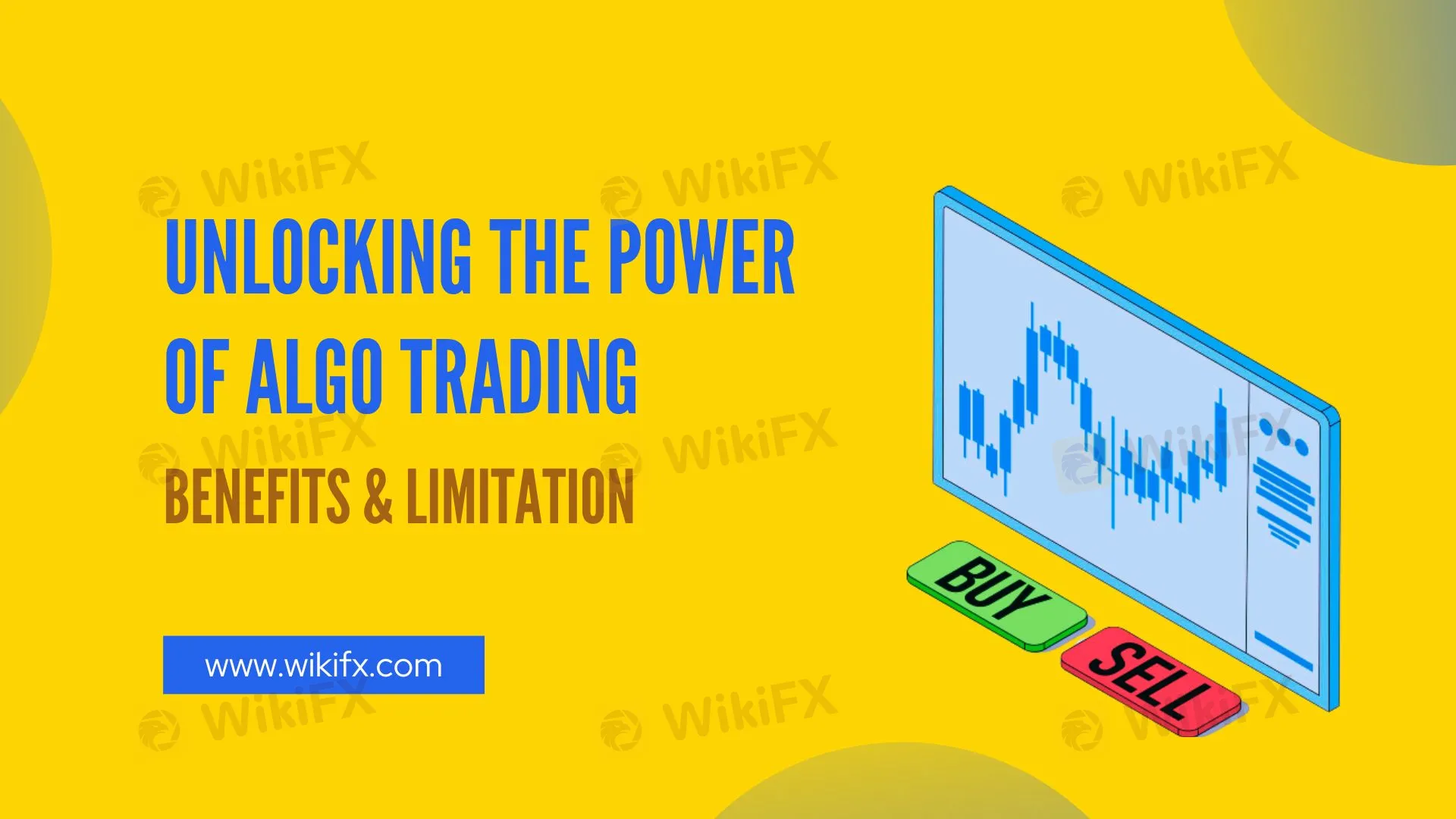Unlocking the Power of Algo Trading: Benefits and Limitation
Abstract:Algorithmic trading merges speed, data, and automation—but can it outsmart human intuition and market chaos? Explore its power and pitfalls.

The Rise of Algorithmic Trading
Algorithmic trading has redefined financial markets, enabling data-driven decisions at unprecedented speeds. In recent years, the algorithmic trading market has exhibited rapid growth. According to the latest data, the global algorithmic trading market size is projected to increase from USD 2.106 billion in 2024 to USD 2.348 billion in 2025, with a compound annual growth rate (CAGR) of 12.9%. This growth is primarily attributed to the widespread application of artificial intelligence (AI) and machine learning (ML) technologies, as well as financial institutions continuous pursuit of trading efficiency and cost-effectiveness.
Four Key Advantages
1.Lightning-Fast Execution
Algorithms execute trades in milliseconds, outpacing human capabilities. High-frequency trading (HFT) exploits micro-price shifts through thousands of transactions per second, dominating volatile markets.
2.Multi-Market Mastery
Systems analyze global markets simultaneously, diversifying portfolios without real-time micromanagement.
3.Emotion-Free Decisions
Predefined rules eliminate impulsive actions driven by fear or greed, reducing costly errors
4.Non-Stop Trading
Algorithms capitalize on opportunities across time zones, even during off-hours.
Four Critical Limitations
- High Technical Barriers
Building robust sy'stems demands coding expertise and market insights—resources often scarce for retail traders.
2.Tech Vulnerabilities
A single coding flaw or server crash can trigger massive losses, as seen in historical market crashes.
3.Rigid Strategies
Algorithms struggle to adapt to black swan events like geopolitical shocks or sudden policy shifts.
4.Demands Vigilance
Systems require regular updates to stay relevant—no true “set-and-forget” solution exists.
Strategies for Success
To harness algorithmic trading effectively, traders should begin by rigorously backtesting strategies on historical data to uncover weaknesses and refine logic. Integrating risk management tools—such as dynamic stop-loss orders and position-sizing rules—is critical to limit downside exposure. Systems must be regularly updated to align with shifting market trends, regulatory changes, and emerging technologies. Most importantly, algorithms should complement human judgment rather than replace it; blending automated precision with adaptive decision-making often yields the most resilient outcomes.
Final Thoughts
Algorithmic trading has transformed financial markets with unparalleled speed and efficiency. However, it is not without risks: technical failures, market volatility, and regulatory challenges are all factors that must be considered. The market is constantly changing, and only by using automation tools flexibly rather than relying on them blindly can long-term success be achieved.
Read more

Why Hope is Your Worst Enemy in the Stock Market
In the world of equity investing, few forces are as quietly destructive as the investor’s own sense of hope. This psychological trap often known as the "illusion of luck" convinces retail investors that they are among the fortunate few who can defy market logic. More often than not, it ends in losses, disillusionment, and a harsh lesson from the market.

Why Studying A Lot Doesn’t Work | When Technical Analysis Fails
Technical analysis is the go-to toolkit for countless investors. Candlestick patterns, moving averages, MACD signals, Elliott Waves—you name it, there’s a chart or model for it. Many spend years perfecting their craft, poring over price patterns and back testing strategies. Yet, despite all this effort, a large number still lose money. The reason? It’s not the tools as they’re merely instruments. It’s the human behind them that falters. In particular, wishful thinking and emotional bias often sabotage disciplined execution.

When Great Traders Lose | True Stories Behind Famous Failures
In the world of trading, we often hear stories of people who made millions or even billions. But behind these success stories are others we don’t talk about as much — stories of great traders and investors who lost everything. These failures are just as important to understand, because they show how risky and unpredictable the markets can be, no matter how smart or experienced you are.

CMC Markets Elevates Trading with TradingView Integration
CMC Markets enhances trading with TradingView integration, offering tight spreads, 24/7 crypto CFD access, and advanced charting tools.
WikiFX Broker
Latest News
Innovate Finance Extends Congratulations on WikiEXPO’s Success
Farewell to the Dollar? Forex Market Speeds Toward De-Dollarization
Institutional Trading Accelerates Amid Market Volatility in Q1 2025
Tariff Headlines Move Markets: What Every Forex Trader Should Know
Why Joining an Online Trading Community is Essential for Success
Southeast Asia Cracks Down on Scam Centers: Human Trafficking and Fraud Exposed
No Recession in Forex? Is Forex Better Than the Stock Market?
Why Hope is Your Worst Enemy in the Stock Market
What Type of Forex Trader Are You?
Scope Market (RS Global Ltd.) Accused of Unauthorised Deductions & Suspensions
Rate Calc
